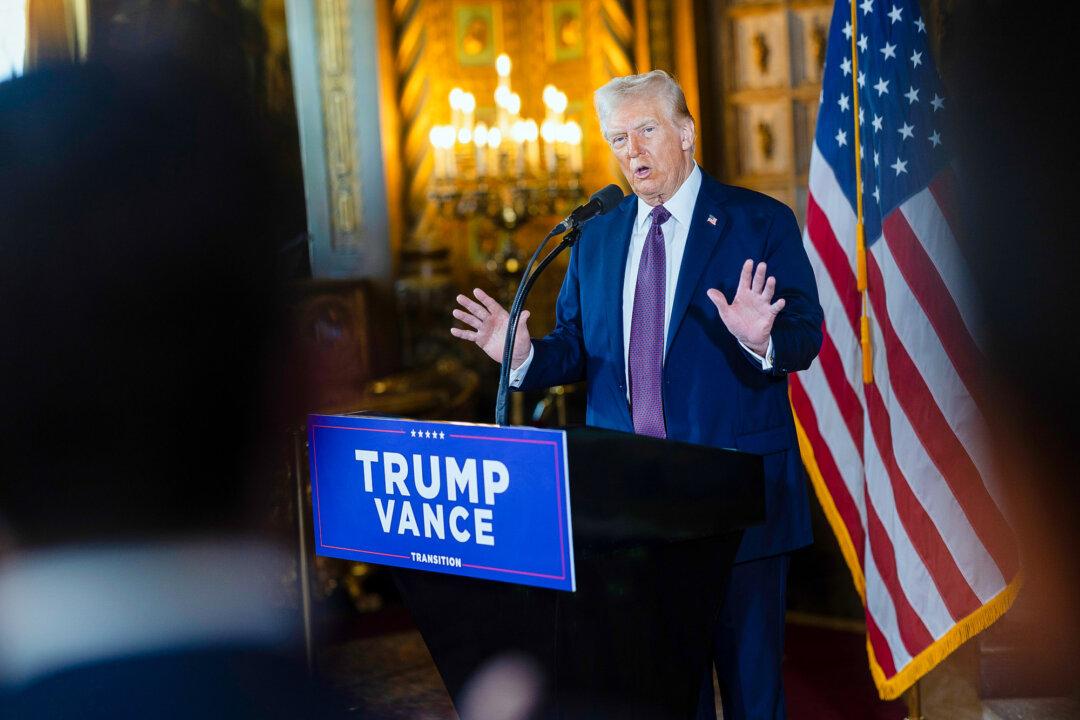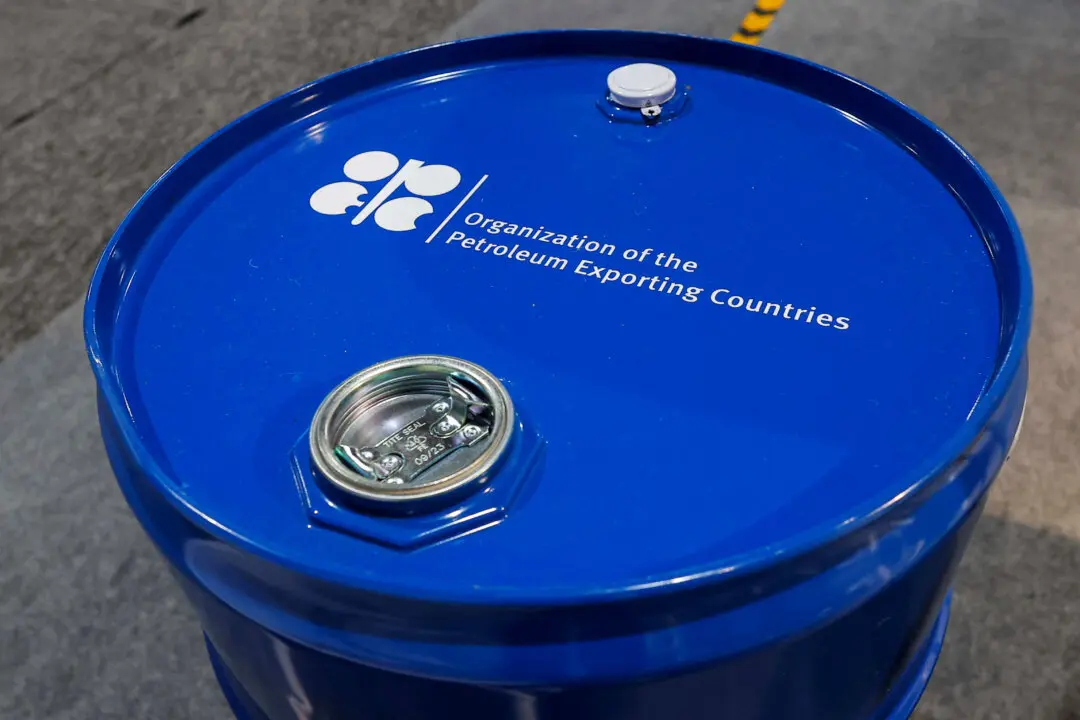A new study has concluded that the United States could risk a $1 trillion hit to the economy if Congress fails to extend the 2017 Tax Cuts and Jobs Act (TCJA).
According to the National Association of Manufacturers (NAM), not renewing President-elect Donald Trump’s tax reforms would cost the economy about 6 million jobs and $540 billion in lost wages.





